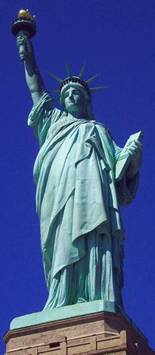Modern cities attract workers, traders and visitors from the region. Tens of thousands of people therefore arrive every morning in Hanoi, starting their voyage at smaller cities or villages in the region. They may travel for 20 to 40 km. Roads are often narrow and traffic jams frequent. The two wheelers, bikes as motorbikes experience many dangerous and unpleasant situations every day. Therefore the bus services are expanded, to serve the commuters.
Typically, commuter service is done by railroad. Think of the RER in Paris or the S-Bahn in Berlin and Hamburg. In many cities has integrating these rail links into the urban public transport been a huge success. The North-South RER line in Paris is today the most frequented Public Transport line in the world. The biggest hurdle to achieve this is the institutional difficulty, as the owner of the rail link is the National Railroad.
This is also the case of Hanoi, which has rail links in 5 directions. They are almost not used. The rail link accross Long Bien bridge is the outstanding example. The twi bike lanes and the nearby Chuong Duong bridge are completely overcrowded, the single track rail link is idle.
To find out, what can be done we asked the Institute für Eisenbahnbau of the university of Hannover (IVE) to analyze the situation and to make a feasible proposal. Restrictions are the the fact, that the railroad operates on 1m narrow gauge and is single track and that there are some long distance trains. Between Long Bien bridge and Ga Hanoi there are several level crossings of busy roads, for this reason trains are not allow to operate beyond Long Bien during day time. The terminus would therefore be the bridge station, which however lionks very well to our proposed bus interchange station.
A piece of art and a monument of resistance

Three master pieces, designed by Gustave Eifel. Long Bien bridge was a lifeline of Vietnam during the American war. Bombed and repaired, it is a symbol of resistance as well.
The result of the study isd, that a 60 minute service would be possible already today. With small investment in infrastructure this could be increased to 30 minute, 15 minute aqnd even 7.5 minute service. Using trains with modern rail cars, capacity would be up to 128 000 passengers in both directions.Investment in infrastructure is about 6 Million Euro. This does not include the necessary rehabilitation of the bridge, for which the French government has promised a substantioal contribution. Investment in rolling stock is about 24 Million Euro, which is equivalent to the investment in busses otherwise required. Operation by train would save about 1 Million Euro in personnel costs and 5 Million in fuel costs. To be on guard, this is not profit but saving as compared to road traffic. Public Transport in Hanoi could save every year at today‘s prices 6 Million Euro. Clearly, if a rail link already exists, rail service is very affordable and it helps to protect the environment, reduce the emissions of CO2.
Making use of this almost unused rail link therefore could be big contributioon to solve the transport problems of Hanoi – and this very fast.
|